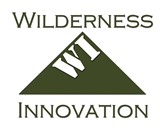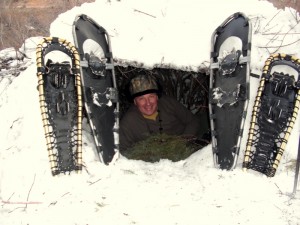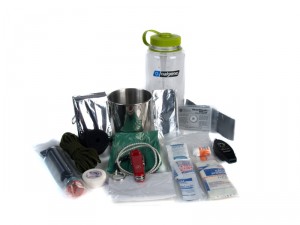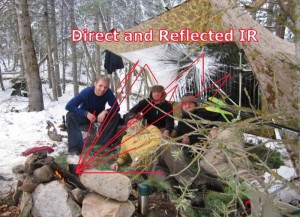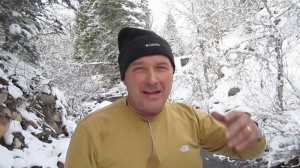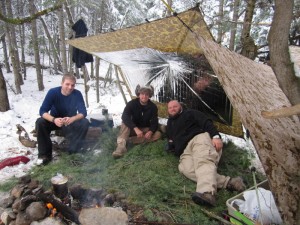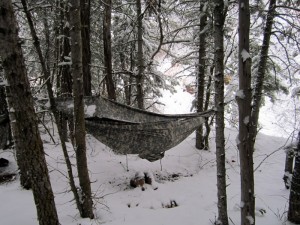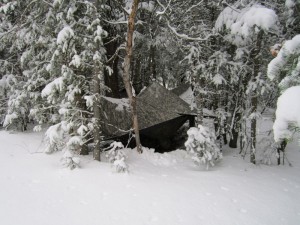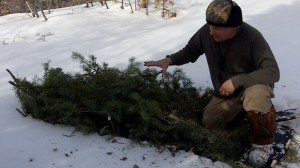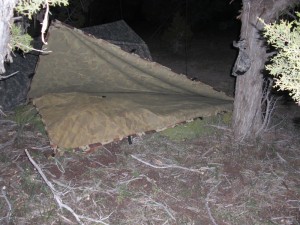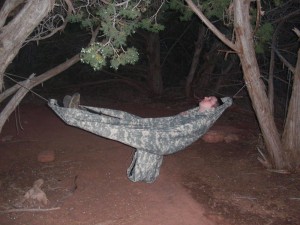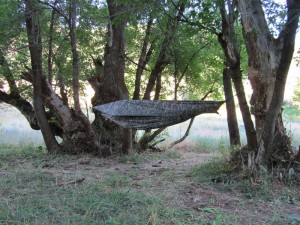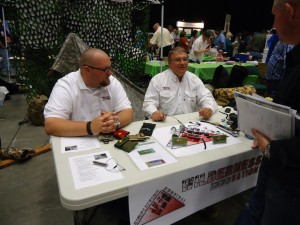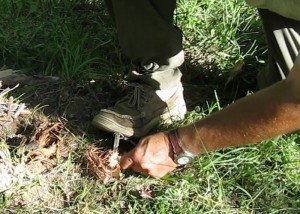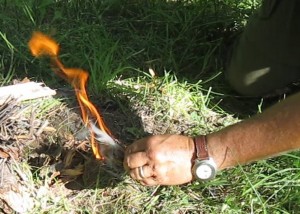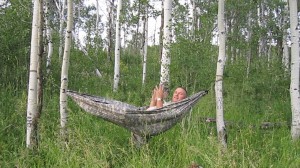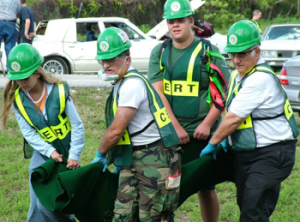I was so fortunate to grow up close to my Grandfather, and could be along with him on many adventures, exploring the high deserts of central Utah where he grew up, looking for interesting rocks, or twisted cedars, or just enjoying being out there alone, no crowds, no highways, and usually no people.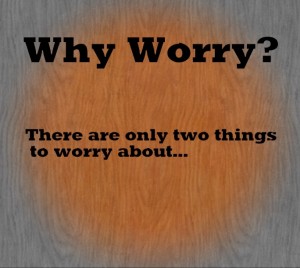
Grandpa had such an interesting life and was always full of stories, interesting anecdotes, and wise counsel. He had quite a sense of humor, I think that’s where I got mine from, he could laugh or make a joke out of anything, so much so that grandma would chide him at times for being a bit too jovial, one too many jokes in his talk at church for example.
During the summers he was a beekeeper and was very busy with that, in the winter he tinkered with woodworking and with slicing stones such as geodes with his diamond saw, to see what was inside.
One thing I distinctly remember was a wooden plaque with a thought on it, he had a number of them he had collected, this one though, I was always drawn to, so much so, that at a young age, I memorized it, and amazingly enough, I still remember it. It applies very well in our lives. It goes like this.
Why Worry?
So why worry?
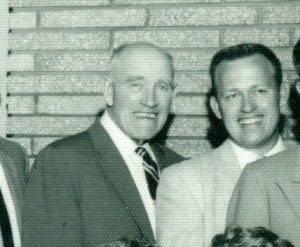
It’s a funny thought, but quite true in some ways. For example things are usually not as bad as we think they are at the time, and most of the bad stuff we think will happen to us, doesn’t. But there is one more way the tone of this thought is true; in a survival situation, things can be greatly simplified when you realize that generally there are only two things to worry about.
- Keeping your body temperature where it should be
- Drinking plenty of water
Obviously a number of things come into play in order to achieve these two goals, but thinking in terms of only those two items really clears the head, and unwinds the complicated.
Exhaustive research of rescue reports over decades of time, shows that food for example is almost never a factor in living or dying during a survival episode, that alone eliminates a lot of hassles.
Barring medical or first aid difficulties, a normal person who can make themselves comfortable enough to sleep about eight hours a day and drink plenty of water will be able to maintain their core body temperature at acceptable levels, and can live a month or more with little else.
Where knowledge, skills and gear come in, is that your abilities with these things is what allows you to adapt to a given situation and take care of those couple of essential things until you are rescued, which incidentally, is usually less than two days.
So there are Only Two things to Worry About!
Note on picture above, this is my late grandfather on the left and my father on the right who died earlier this year, to both of whom I owe so much and also miss deeply.
